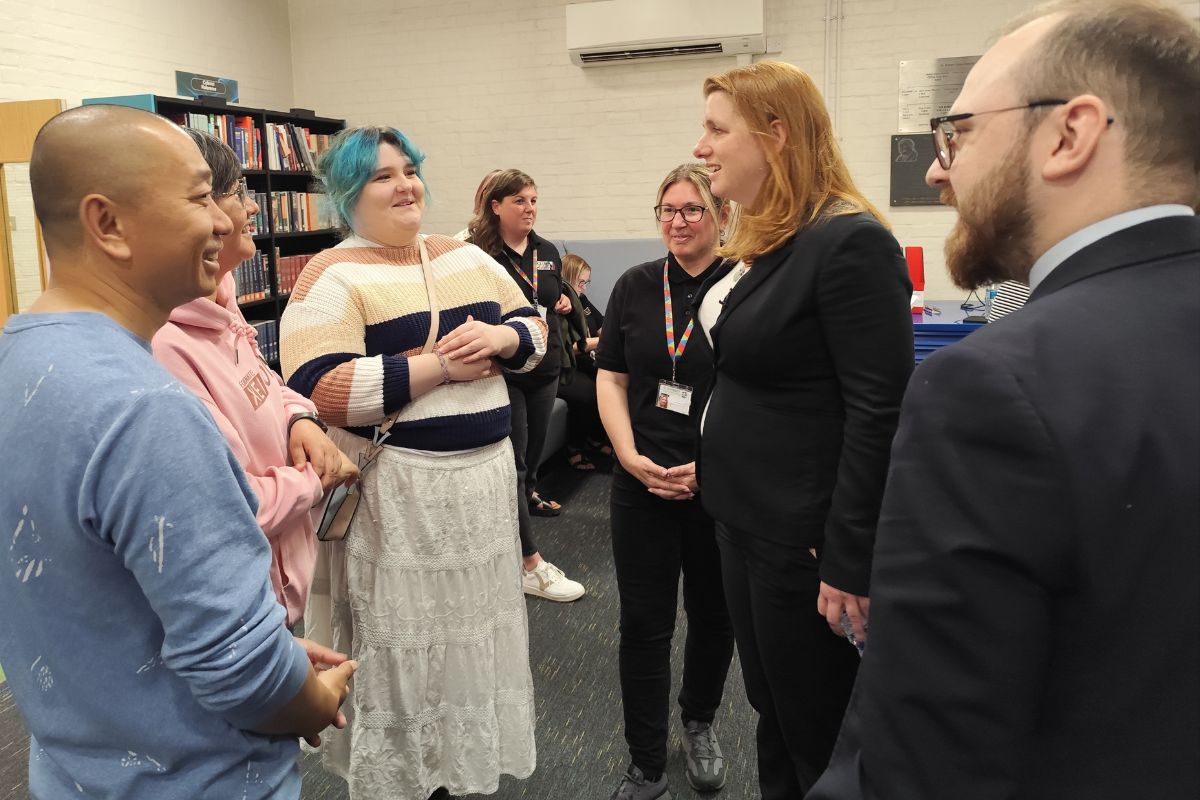UK tech roles are in demand

IT vacancies increased by 105 percent in 2021 across England and Wales.
The pandemic has accelerated the rate of digitisation on a global scale and dramatically changed the way businesses operate. While the digital skills gap has been growing exponentially for some years, the pandemic and global lockdowns have forced many businesses to embrace and expand online opportunities to stay afloat.
The lack of job-ready digital talent has become an existential threat to businesses around the world, with 76 percent of IT decision makers facing critical skills gaps in their departments.
Agata Nowakowska, AVP EMEA at Skillsoft, comments: “This digital acceleration has put pressure on businesses to deliver, manage and secure new platforms. However, businesses are still struggling to find talent, suggesting that the available workforce is not equipped to meet the demand.”
Indeed, a new report from Robert Walters found that there were more than 12,800 tech jobs published last year, with tech companies accounting for 53.8% of all new IT vacancies in England and Wales. After a record-breaking year of investment into the UK’s tech sector, IT vacancies increased by 105 percent in 2021 across England and Wales.
Tom Chambers, Associate Director at Robert Walters, highlights: “More money than ever is flowing into UK tech. The sector raised £29.4 billion in 2021, up from £11.5 billion in 2020. The combined value of UK tech companies founded since 2000 is now £540 billion, after the biggest year-on-year increase since 2013/14.”
Nowakowska adds, “in the fast-paced and disruptive technology industry, preparing for the skills of the future must be a strategic priority. Recent research indicates that 38% of IT leaders believe their existing skills development programmes are being outpaced by the rate of technology change, contributing to the growing skills gap. Training people for the jobs of tomorrow means aligning skills development with business needs – and considering what those needs will be in 10, 20, or 50 years.
“Ultimately, today’s workforce needs blended learning, targeted structures and relevant learning journeys that develop agile employees equipped to develop at pace. Whether it’s critical thinking, digital literacy or adopting new leadership styles and strategies, people are increasingly looking for transferable learning skills that are accessible to all, and that will support them as the workplace continues to transform.”











Responses